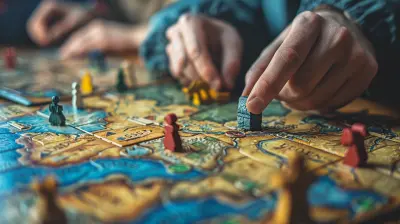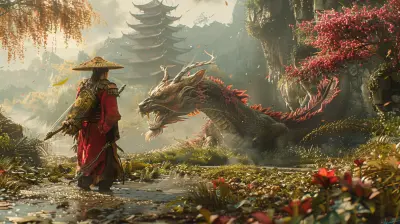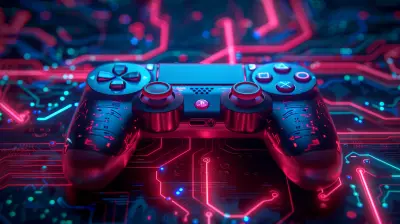Game Animation Techniques: Breathing Life into Your Characters
30 October 2025
Animation in video games is like the secret sauce in your favorite burger—without it, the whole experience feels a little underwhelming, right? From the subtle flick of a character's eyebrow to the epic swing of a sword, game animation techniques take flat polygons and inject them with personality, energy, and, well, life! So, let’s pull back the curtain and dive into the fascinating world of game animation techniques. Buckle up because it’s going to be a fun ride filled with techy tidbits, wild metaphors, and a sprinkle of nostalgia. 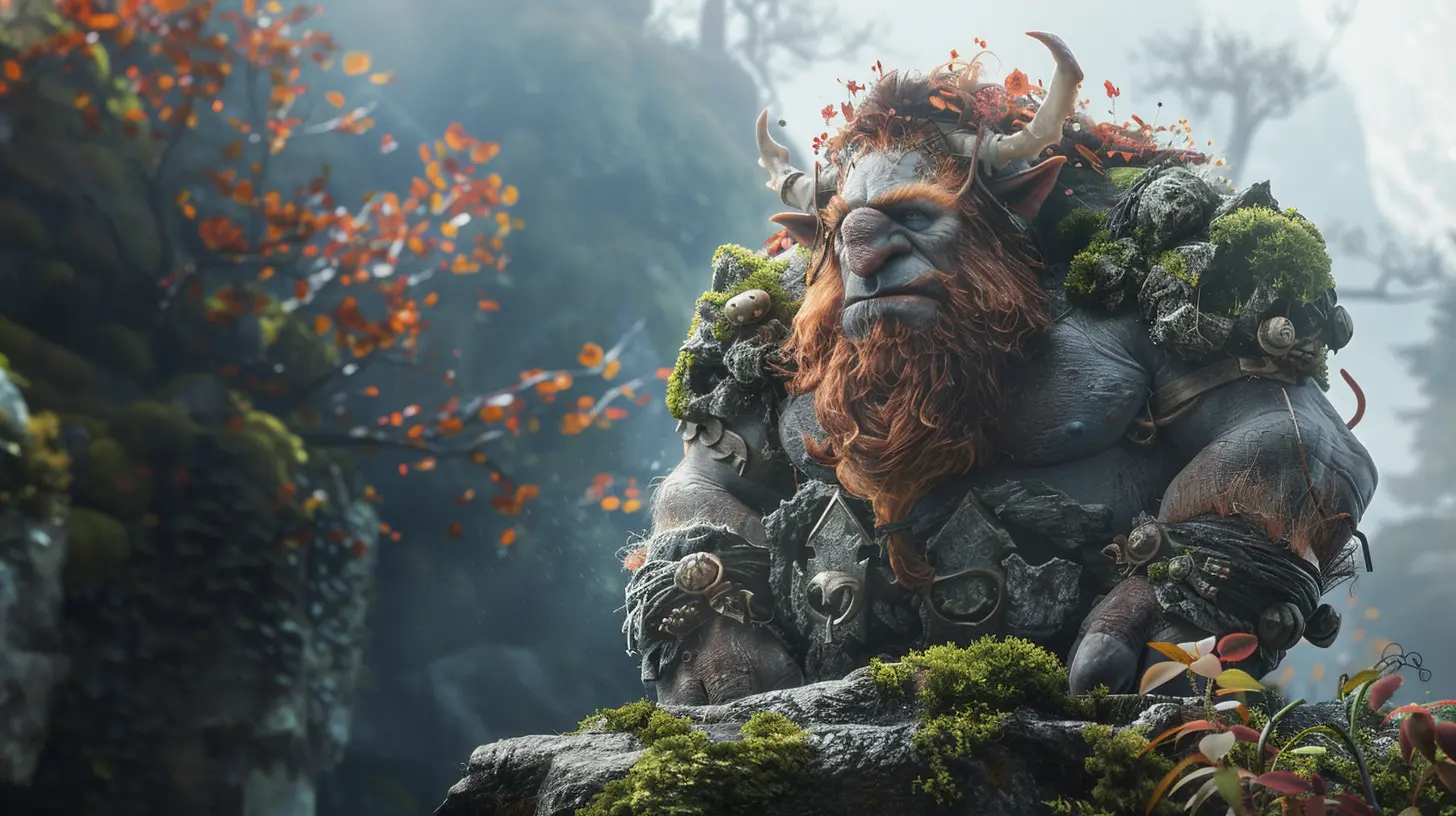
What’s the Deal with Game Animation?
Before we start geeking out about techniques, let’s tackle the basics. What exactly is game animation? Simply put, it’s the art of making game characters and objects move. But it’s not just about movement—it’s about expression, emotion, and storytelling. Animation transforms blocky models into characters we root for, cry over, or occasionally yell at (looking at you, escort missions).It’s not just characters, though. Weapons, vehicles, environments—all those things you interact with need animation to feel alive. The goal? To trick your brain into thinking those pixels have personality. It’s like puppetry, but with digital strings. 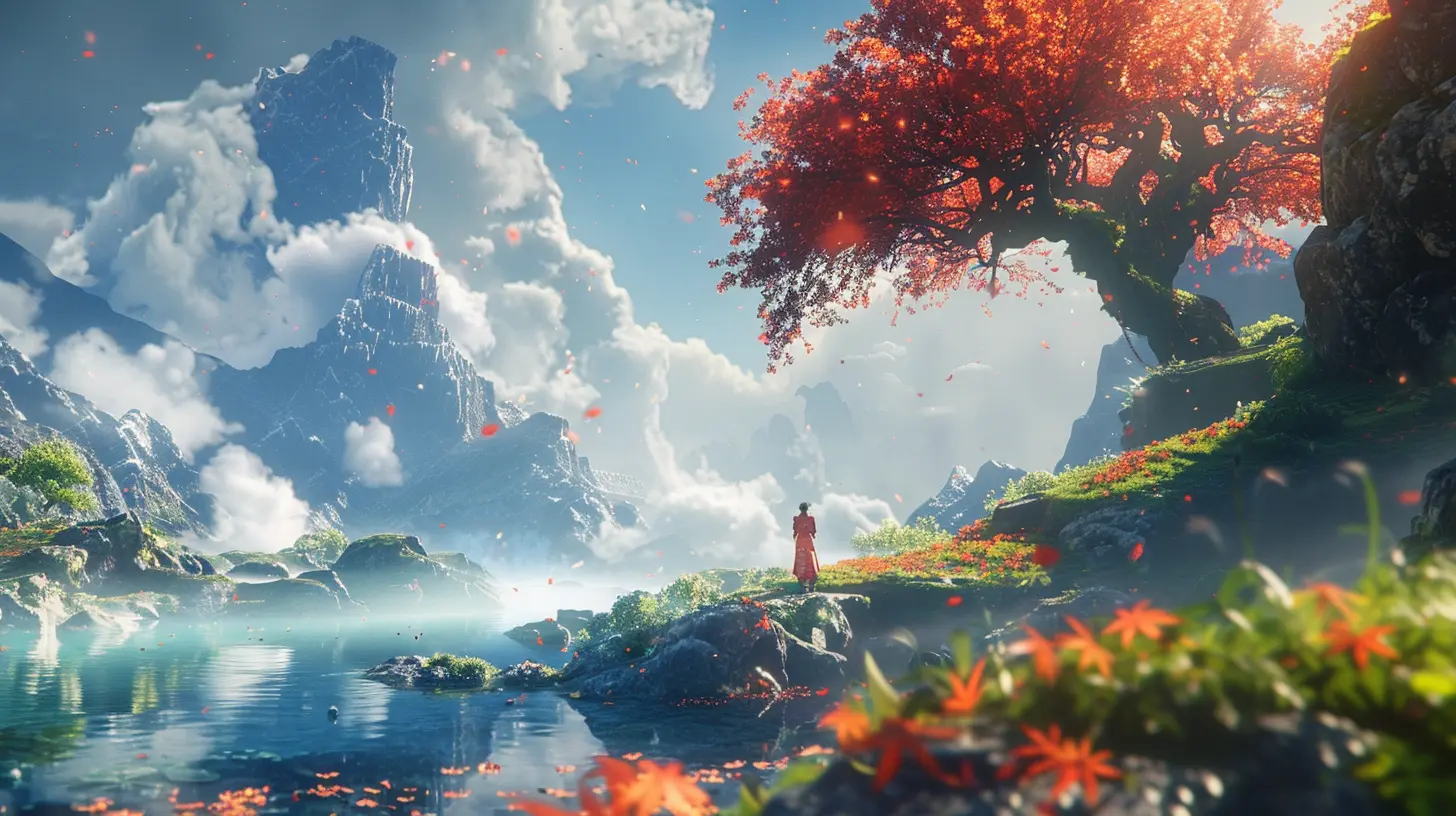
The Core Techniques in Game Animation
So, let’s get to the juicy stuff: how animators breathe life into digital characters. Spoiler alert—it’s not magic (though it might seem like it). Here are some of the techniques that make it all happen.1. Keyframe Animation: The Granddaddy of Them All
Keyframe animation is like the OG of animation techniques. Essentially, animators create specific “keyframes” (important poses) for a character, and the computer fills in the movement in between.Picture it like a flipbook. The animator draws the start and end frames, and the software handles the in-between frames (called interpolation). Pretty nifty, huh?
This technique is ideal for creating unique, highly expressive movements. Think of Mario’s joyous leap in Super Mario Odyssey or Kratos’ heavy, purposeful steps in God of War. Every frame has weight and intention.
2. Motion Capture (Mocap): When Life Imitates Art
Here’s where things get super fancy. Motion capture, or mocap for short, involves recording real-life actors performing actions and then translating that data onto a virtual character.Imagine strapping someone into a suit covered in ping-pong ball-sized markers and having them act out a fight scene. Sounds ridiculous, but the results? Chef’s kiss. It’s how we get incredibly realistic animations in games like The Last of Us or Red Dead Redemption 2.
But mocap isn’t always smooth sailing. Animators still have to clean up the data, tweak movements, and add extra flair to make it game-ready. And yes, sometimes that means turning a stoic actor’s performance into a cartoony, exaggerated action.
3. Procedural Animation: Let the AI Do the Heavy Lifting
Procedural animation is where things get a little tech-heavy—and a lot cooler. Instead of animating every movement frame by frame, procedural animation uses algorithms to create animations dynamically based on in-game events.For example, ever notice how characters in Assassin’s Creed adjust their footing when climbing uneven terrain? That’s procedural animation at work. It makes characters feel connected to their world without needing animators to handcraft every single motion.
This technique is also popular in physics-based games. You know that delightful, floppy chaos in Gang Beasts or Human: Fall Flat? That’s procedural animation letting the laws of physics dictate movement.
4. Facial Animation: The Window to the Soul
Ever fallen in love with a character in a game? (Don’t lie, we all had a crush on someone in Mass Effect). Chances are, it was the facial animations that sealed the deal.Facial animation is a mix of mocap, keyframes, and even AI-driven tech to bring characters’ emotions to life. A raised eyebrow, a smirk, or a single tear rolling down a polygonal cheek can make or break emotional storytelling.
Games like L.A. Noire took this to the next level, using cutting-edge facial scanning tech to capture every micro-expression. While the result was a bit, let’s call it uncanny, it laid the groundwork for future advancements.
5. Blending and Transition Animations: Making It Flow
Here’s something you might not notice unless it’s missing: animation blending. This technique ensures smooth transitions between different actions—like going from running to jumping to landing without skipping a beat.Without blending, movements would feel jerky and unnatural, like bad stop-motion. But with it? Everything flows like butter. Think of it as the unsung hero of game animation techniques. 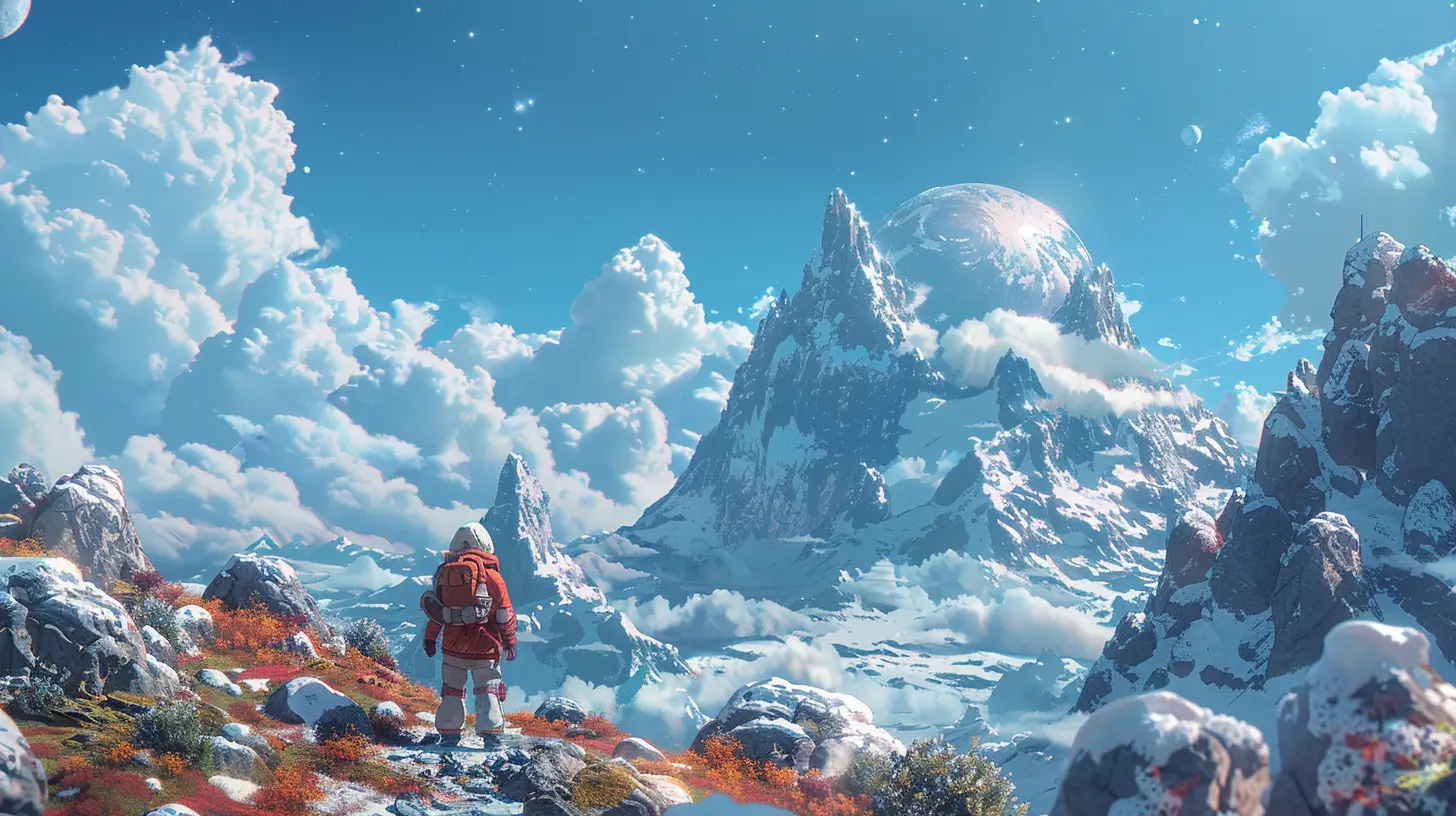
The Art of Illusion: Why Timing and Weight Matter
Let’s get a little philosophical for a second. Animation in games isn’t just about what moves but how it moves. Great animations rely on two foundational principles: timing and weight.Timing is all about the rhythm of movements. A light, bouncy jump feels playful, while a heavy, slow one feels deliberate. It’s the difference between Sonic’s speedy sprints and Geralt’s lumbering sword swings.
Weight gives movements a sense of realism. When Kratos throws his axe, you can feel the heft of it, even through the screen. Achieving this requires a deep understanding of physics and how bodies react to forces. 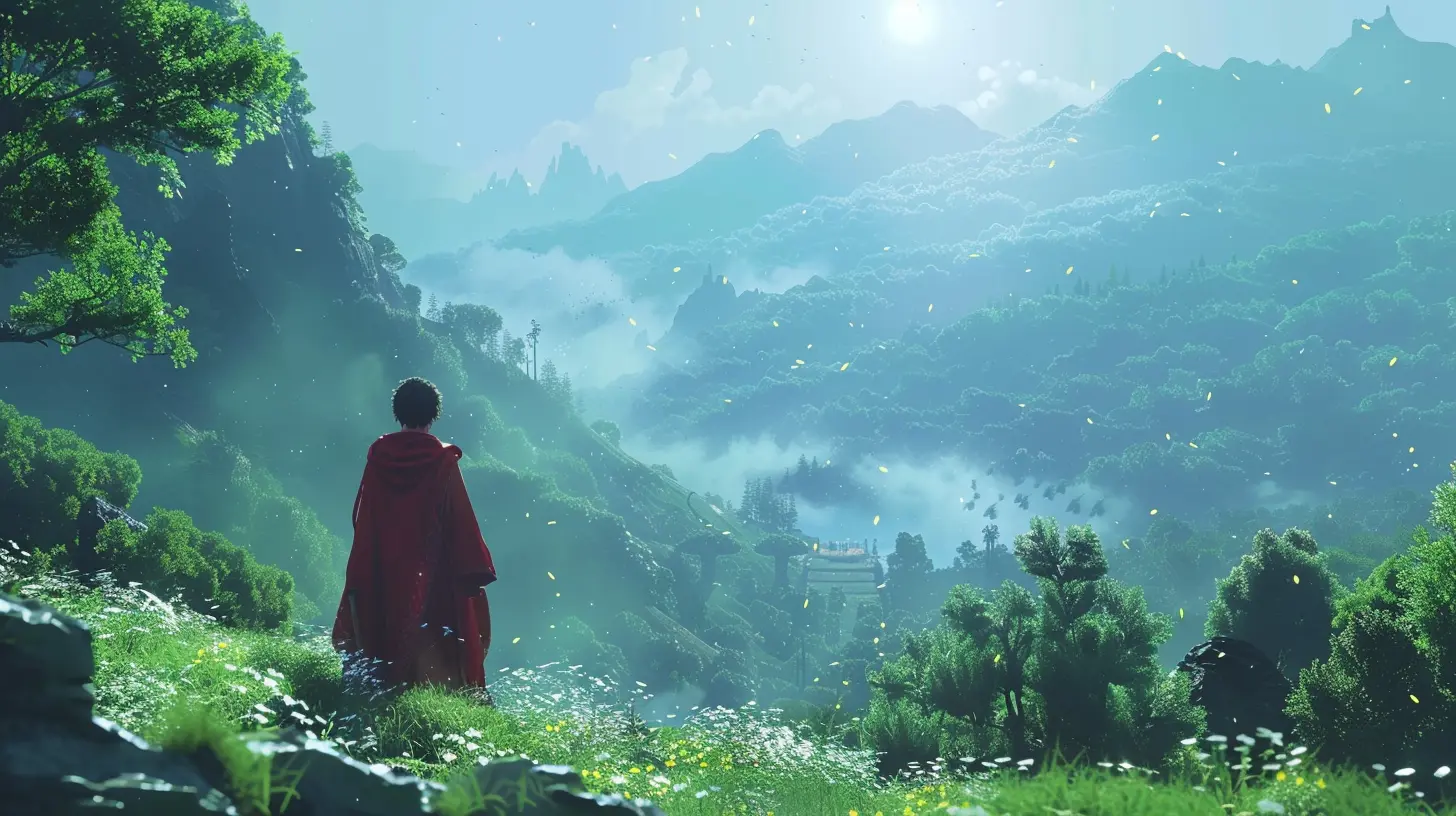
Animation in Different Game Genres
Okay, so we’ve covered the techniques, but how do they play out in different types of games? Let’s break it down.Action Games
Action games thrive on snappy, impactful animations. Think of the stylish combat moves in Devil May Cry or the gut-punching finishers in Mortal Kombat. Timing is everything, and animators often exaggerate movements to make attacks feel more satisfying.RPGs
Role-playing games (RPGs) need animations that focus on storytelling and immersion. From the way a wizard waves their staff during a spell to a heartfelt cutscene between characters, the animation carries the emotional weight.Sports and Simulation Games
For sports games like FIFA or simulation titles like The Sims, realism is king. Mocap is heavily used here to capture lifelike movements, from a soccer star’s signature kick to a Sim’s awkward dance moves.Indie and Stylized Games
Indie games often break all the animation rules—and that’s a good thing. Look at the quirky, minimalist style of Untitled Goose Game or the hand-drawn animations in Cuphead. These games show that creativity and style matter just as much as realism.Tools of the Trade
So, how do animators actually create these jaw-dropping animations? They rely on a variety of tools, each with its own strengths:- Autodesk Maya: A favorite for keyframe animation.
- Blender: Free, open-source, and incredibly versatile.
- MotionBuilder: Great for working with mocap data.
- Houdini: Perfect for procedural animation and physics simulations.
The Challenges of Game Animation
Of course, it’s not all smooth sailing. Game animation comes with its fair share of challenges:- Hardware Limits: Animations need to look amazing but not melt your CPU.
- Player Freedom: Unlike movies, players can interrupt cutscenes, jump mid-animation, or go completely off-script. Animators have to plan for every possibility.
- Budget and Time: Polished animations take time, and not every studio has the luxury of endless resources.
Future of Game Animation
So, what’s next for game animation? We’re already seeing exciting advancements like real-time animation powered by AI. Imagine characters reacting to your choices and environment in ways no animator scripted—it’s like the next evolution of procedural animation.Plus, as VR and AR tech expand, animators will have to rethink how movements feel in fully immersive spaces. The future is bright, bold, and undoubtedly animated!
Wrapping It Up (Get It?)
And there you have it—a whirlwind tour of game animation techniques that bring your favorite characters to life. Whether it’s a lovingly keyframed cutscene or a chaotic physics-based tumble, animation is at the heart of what makes games so immersive.So next time you’re playing a game, take a moment to appreciate the artistry behind every movement. Behind the scenes, animators are the unsung heroes, crafting the magic that makes it all come alive.
all images in this post were generated using AI tools
Category:
Game DevelopmentAuthor:

Avril McDowney
Discussion
rate this article
1 comments
Xeno Jennings
Breathing life into characters is more than just animation; it's a delicate dance between artistry and technology. The right techniques can turn a simple sprite into a memorable personality. Here's to the animators who master this art—your work isn't just seen; it’s felt!
October 31, 2025 at 3:49 AM

Avril McDowney
Thank you! You beautifully capture the essence of animating characters—it's indeed a fusion of creativity and technology that creates lasting impressions.
